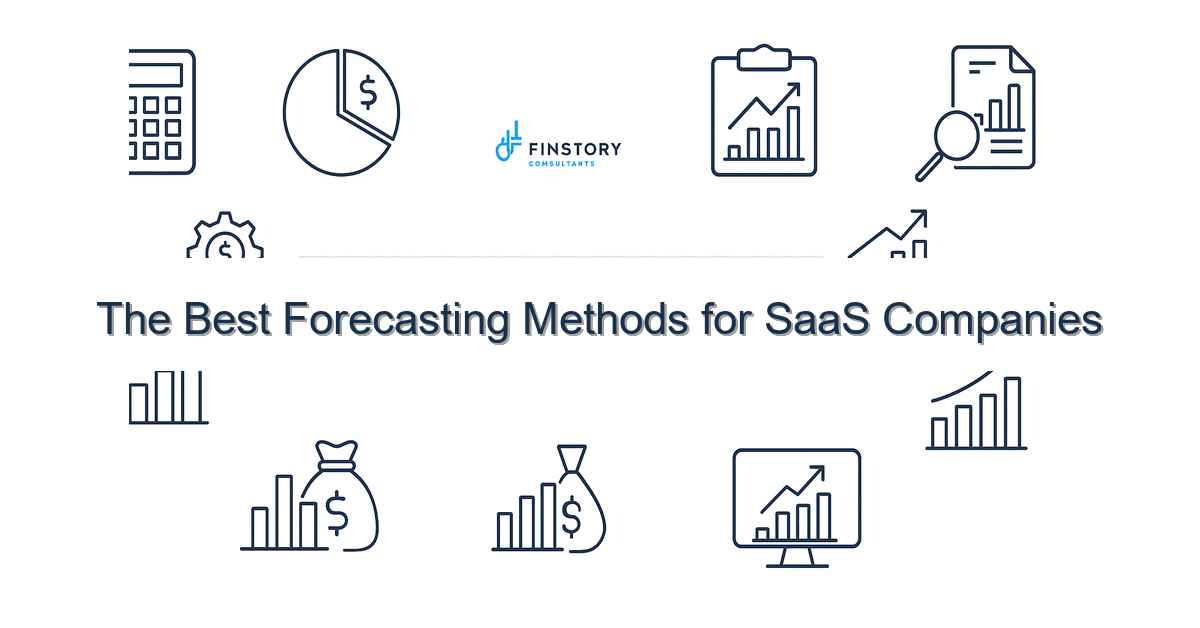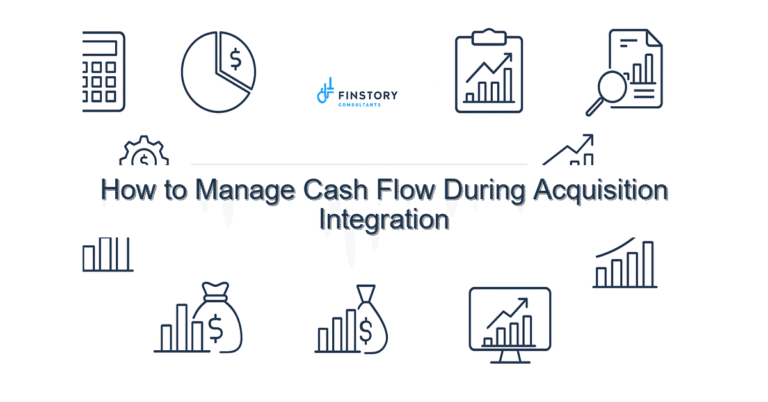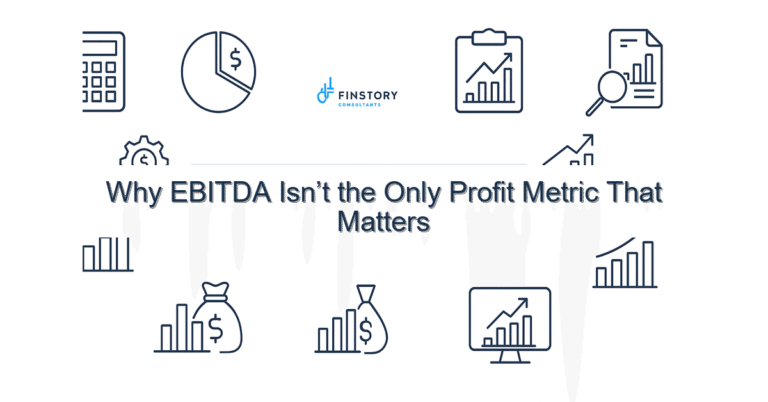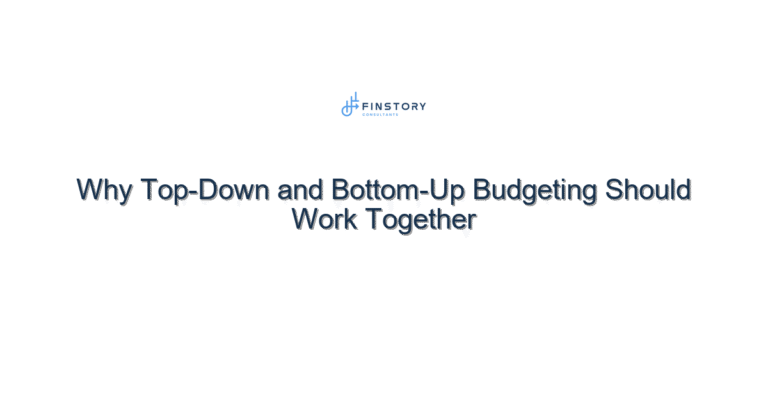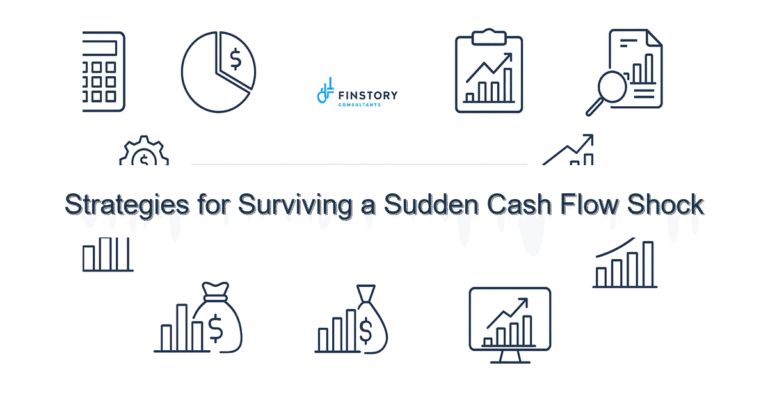The Best Forecasting Methods for SaaS Companies
Accurate forecasting is critical for SaaS companies, particularly in the fast-evolving healthcare sector. Today, business leaders must respond quickly to market changes and internal demands, highlighting the need for reliable forecasting methods.
Summary: Implementing effective forecasting can boost your SaaS company’s financial health through improved accuracy, quicker decision-making, and reduced risks of missed targets.
What’s the real problem?
Many SaaS companies struggle with financial forecasting, resulting in uncertainty and mistrust among leadership. Traditionally, teams rely on outdated methods or purely historical data, creating gaps in future projections.
- Consistent missed revenue targets.
- Lengthy approval processes for budgets.
- Frequent cash flow discrepancies.
- Difficulty in aligning sales and financial forecasts.
What leaders get wrong
One common misconception is that simple growth models suffice for forecasting. Many leaders underestimate the complexities of healthcare SaaS metrics, leading to inaccurate predictions.
Another pitfall is relying solely on spreadsheets for financial analysis. While spreadsheets have their place, they lack the scalability and usability that automated solutions offer.
A better approach
Here’s a straightforward framework for effective forecasting:
- Define Key Metrics: Identify which metrics are most relevant to your business, such as MRR and churn rate.
- Utilize Data Sources: Integrate data from multiple sources like CRM and finance software for a holistic view.
- Automate Reporting: Use tools such as Power BI for real-time insights into your data.
- Regular Review: Schedule regular forecasting updates to adjust for changes in the market and business.
- Collaborate Across Teams: Encourage communication between finance, sales, and operations to align forecasting efforts.
For instance, a leading healthcare SaaS company shifted from manual forecasting to a system that incorporates real-time analytics. The result? A 30% increase in forecast accuracy and a 25% reduction in budget approval time.
Implementation checklist
- Identify your key profitability metrics.
- Integrate your CRM with financial software.
- Set up automated dashboards using Power BI.
- Establish quarterly reviews for predictions.
- Align finance and sales departments for greater transparency.
- Train your team on using new tools effectively.
- Test your processes with a pilot project.
- Secure buy-in from leadership for changes.
- Document your processes for future reference.
- Seek feedback regularly to refine your approach.
What good looks like
- Forecast accuracy of at least 90%.
- Reduction in cycle time for approvals by 50%.
- Improved ROI from better resource allocation.
- Alignment between sales forecasts and financial projections.
Risks & how to de-risk
- Data Quality Issues: Ensure data integrity by regularly auditing your sources.
- Resistance to Change: Communicate the benefits of new processes to foster acceptance.
- Over-Reliance on Tech: Balance automated insights with human oversight for decision-making.
Tools & data
Leverage finance automation tools and leadership reporting platforms like Power BI to enhance your forecasting accuracy. These technologies enable real-time analytics and comprehensive insights, making it easier to pivot when necessary.
Next steps
Work with Finstory. If you want this done right—tailored to your operations—we’ll map the process, stand up the dashboards, and train your team. Let’s talk about your goals.
📞 Ready to take the next step?
Book a 20-min call with our experts and see how we can help your team move faster.
Prefer email or phone? Write to info@finstory.net
or call +91 44-45811170.
